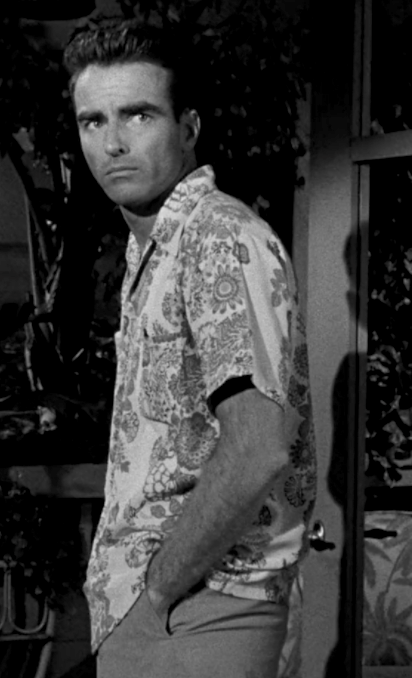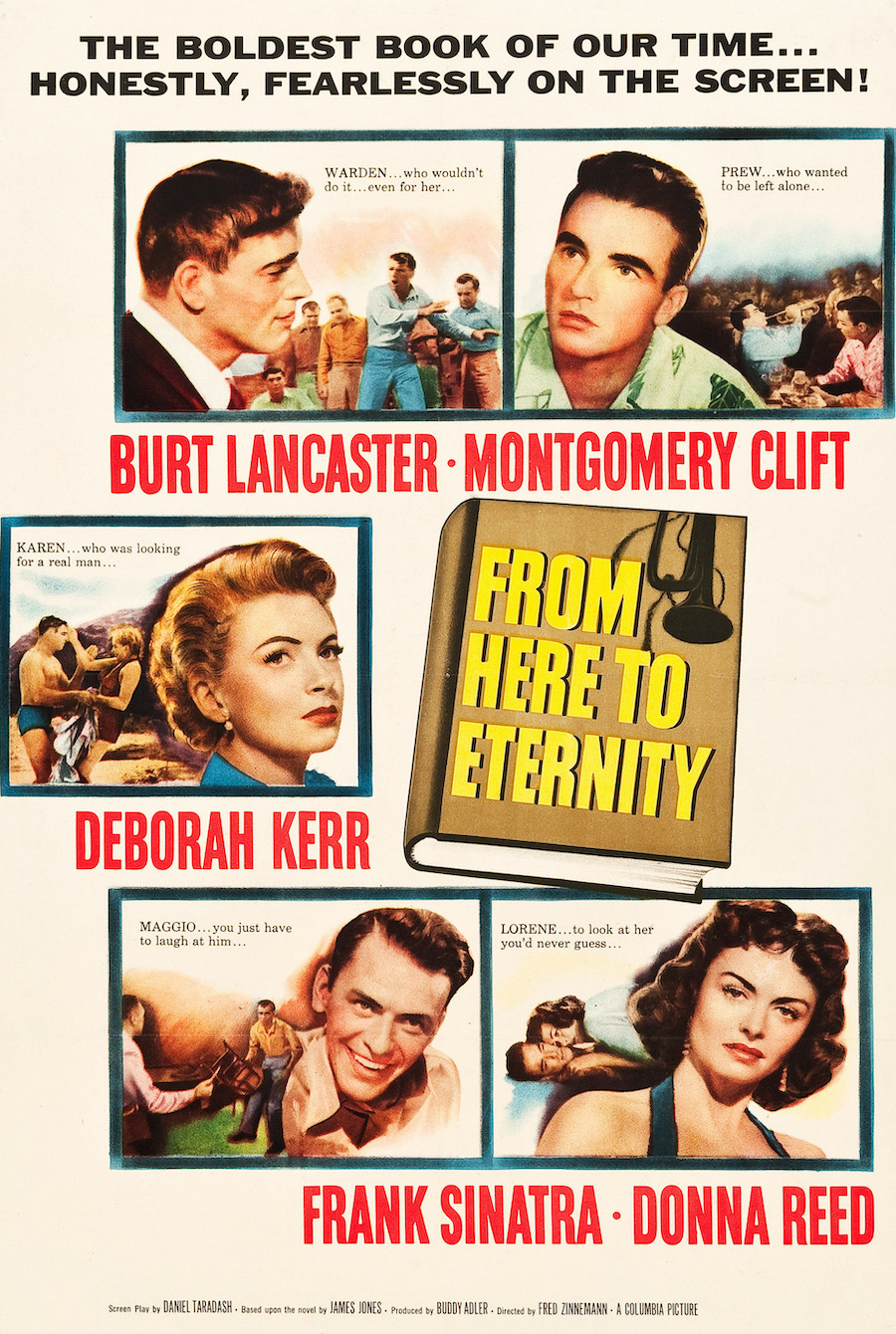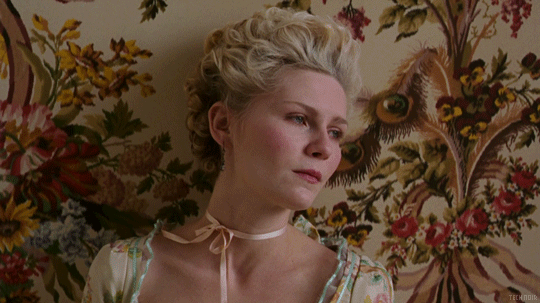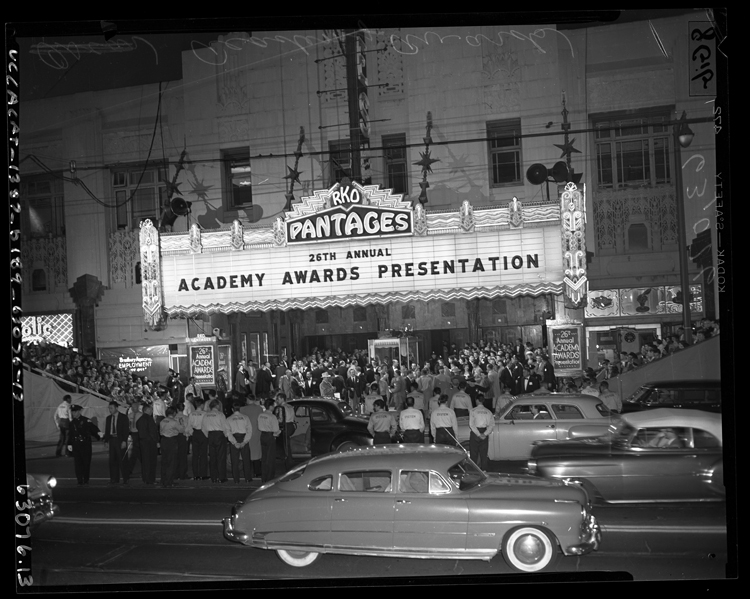Best Actor in the 80s: An Alternative Oscar History
 Saturday, November 30, 2024 at 7:30PM
Saturday, November 30, 2024 at 7:30PM  Your eyes don't deceive you. At long last, AMPAs and I can find common ground and award the same performance. Well, two out of ten. It's something!
Your eyes don't deceive you. At long last, AMPAs and I can find common ground and award the same performance. Well, two out of ten. It's something!
This November, we've been celebrating the 1980s with a series of throwback articles. To contribute and inspired by Nathaniel's top tens, I decided to share my alternative Oscar ballots, the idealized lineups that would have come to pass in a world where my taste prevailed over the Academy's. We've already looked at Best Actress, Supporting Actress, and Supporting Actor, so now it's time for the leading men. As always, I welcome all recommendations – it's been a great pleasure to read all your own ideal lineups and jot down films to watch in the future. To repeat some critical details, these lists include my personal Oscar lineup according to the eligibility established by the Academy. There are also honorable mentions, ineligible gems, and some notable titles I already have on my watchlist…






